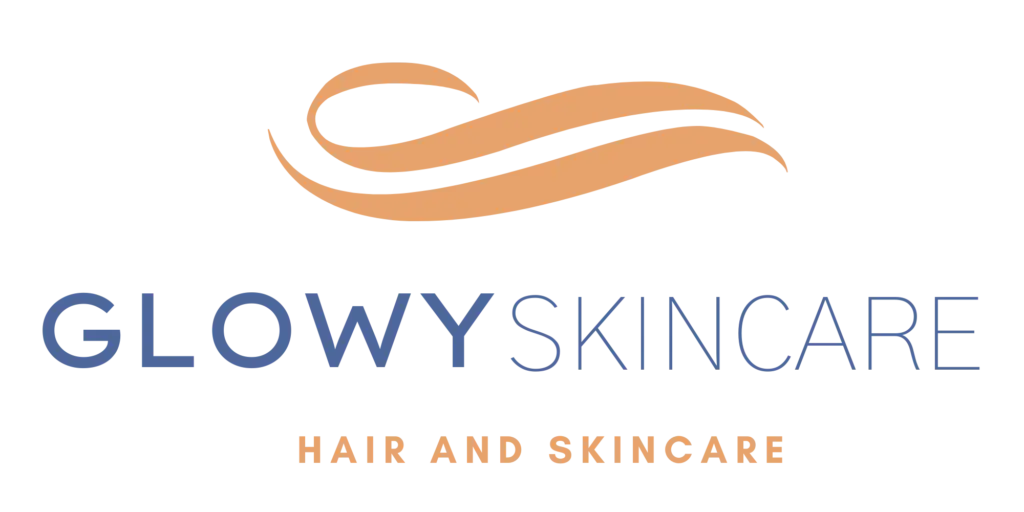Uncategorized
Understanding Pimples Under the Skin: Causes, Treatment, and Prevention
Pimples that are under the skin, also known as blind pimples or cystic acne, can be frustrating and uncomfortable. Unlike surface pimples with visible whiteheads or blackheads, these deep-seated pimples lurk beneath the skin’s surface, causing pain and inflammation. Understanding the causes, treatment options, and prevention strategies can help manage these stubborn blemishes effectively.
Causes of Pimples Under the Skin
Pimples under the skin develop when hair follicles become clogged with excess oil, dead skin cells, and bacteria. Several factors contribute to their formation, including:
- Excess Oil Production: Overactive sebaceous glands can lead to the accumulation of oil within the pores, promoting the growth of acne-causing bacteria.
- Hormonal Changes: Fluctuations in hormone levels, particularly during puberty, menstruation, pregnancy, or menopause, can increase oil production and trigger breakouts.
- Genetics: Individuals with a family history of acne are more prone to developing pimples under the skin.
- Poor Skincare Habits: Failing to cleanse the skin regularly or using harsh products can exacerbate clogged pores and inflammation.
Treatment Options for Pimples Under the Skin
1. Warm Compress
Applying a warm compress to the affected area can help open up the pores, reduce inflammation, and promote healing. The heat encourages circulation, allowing the trapped oil and bacteria to escape.
2. Topical Treatments
- Benzoyl Peroxide: Benzoyl peroxide effectively kills acne-causing bacteria and reduces inflammation. Apply a thin layer of benzoyl peroxide gel or cream to the affected area once or twice daily.
- Salicylic Acid: Salicylic acid exfoliates the skin and unclogs pores, preventing new breakouts. Look for products containing salicylic acid, such as cleansers, toners, or spot treatments.
3. Oral Medications
In severe cases, oral medications may be prescribed by a dermatologist to address underlying hormonal imbalances or reduce inflammation. These may include oral contraceptives, antibiotics, or isotretinoin (Accutane).
4. Professional Treatments
- Corticosteroid Injections: A dermatologist may administer corticosteroid injections directly into large, inflamed pimples to reduce swelling and promote healing.
- Extraction: Manual extraction performed by a dermatologist can safely remove the contents of deep-seated pimples, reducing the risk of scarring and infection.
Prevention Strategies for Pimples Under the Skin
1. Maintain a Consistent Skincare Routine
- Cleanse the skin twice daily with a gentle, non-comedogenic cleanser to remove excess oil, dirt, and impurities.
- Use oil-free or non-comedogenic moisturizers and skincare products to prevent pore clogging.
- Avoid harsh scrubbing or abrasive exfoliants that can irritate the skin and worsen inflammation.
2. Practice Good Hygiene
- Avoid touching or picking at the skin, as this can transfer bacteria and exacerbate breakouts.
- Wash your hands before applying skincare products to prevent the spread of bacteria.
3. Manage Stress
- Practice stress-reduction techniques such as meditation, yoga, or deep breathing exercises to help manage stress levels, which can exacerbate acne flare-ups.
4. Maintain a Healthy Diet
- Eat a balanced diet rich in fruits, vegetables, lean proteins, and whole grains to support overall skin health.
- Limit consumption of sugary, greasy, or processed foods that can contribute to inflammation and acne breakouts.
Conclusion
Pimples under the skin can be painful and challenging to treat, but with the right approach, they can be managed effectively. Understanding the underlying causes, utilizing appropriate treatment options, and adopting preventive measures can help minimize breakouts and promote clear, healthy skin.
